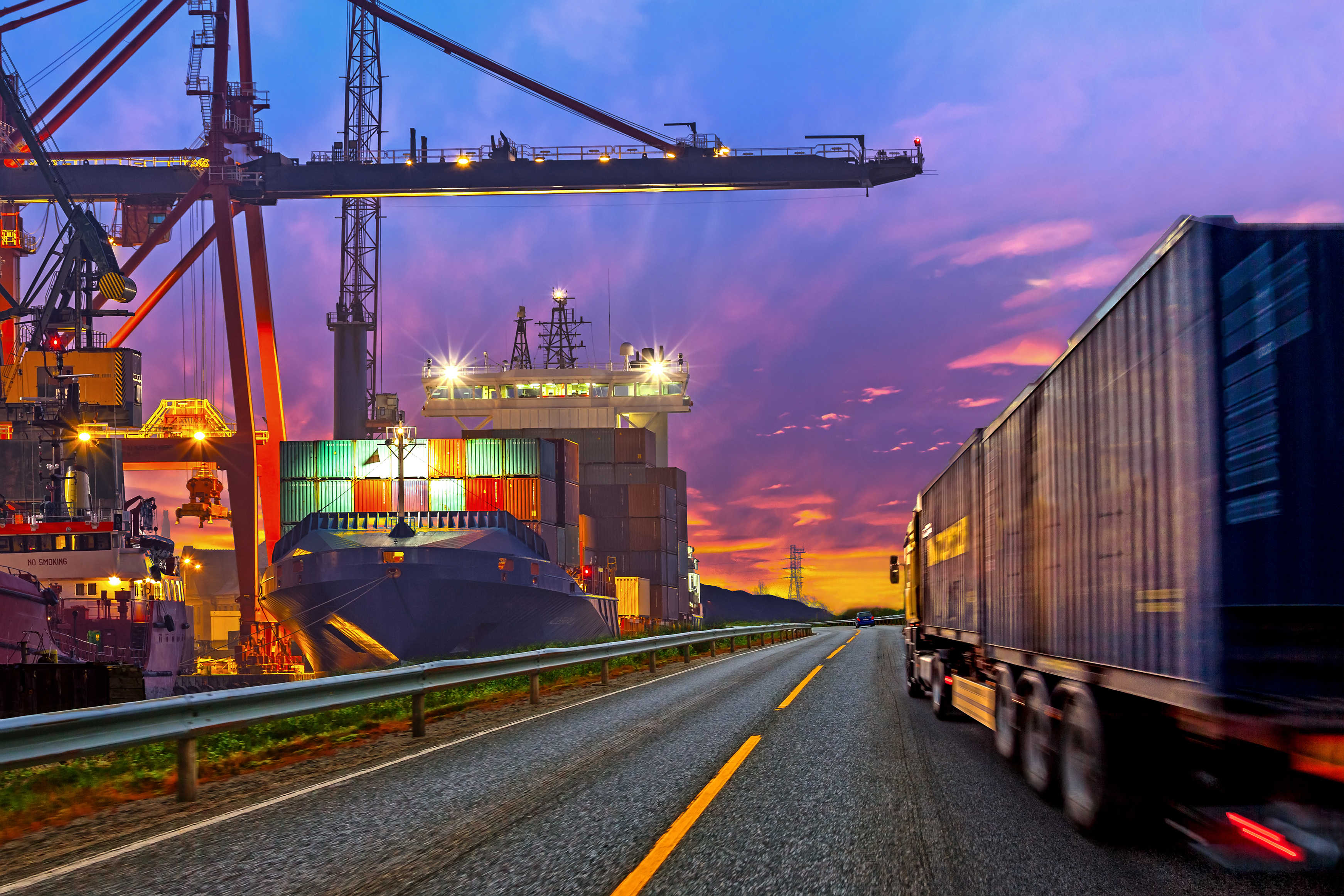This year compared to 2010 was not a good one for both shipping companies and forwarders as steamships could not act together like they did last year to control the capacity thus the shipping rates are approximately half of what it was same time last year.
 Companies like Hainan po shipping, Grand China and Ts Line entered the transpacific trade as they expected good return on investment after the high rates last summer however given the uncertainty of US economy as well as increased capacity led some steamships to either quit the race (CSAV suspended its USEC and USWC service) or file bankruptcy (TCC is one). Rising Bunker surcharges along with uncertainty with long term fuel prices also pushed steamships to order bigger ships so that cost per unit (container) goes down thus most carriers expecting over 12,000 Teu vessels to be delivered starting from end of this year.
Companies like Hainan po shipping, Grand China and Ts Line entered the transpacific trade as they expected good return on investment after the high rates last summer however given the uncertainty of US economy as well as increased capacity led some steamships to either quit the race (CSAV suspended its USEC and USWC service) or file bankruptcy (TCC is one). Rising Bunker surcharges along with uncertainty with long term fuel prices also pushed steamships to order bigger ships so that cost per unit (container) goes down thus most carriers expecting over 12,000 Teu vessels to be delivered starting from end of this year.
Steamships are trying to minimize the number of variables (like fuel cost) so that they can make more accurate forecast models about the future however bigger ships come with more capacity which in turn drives the prices downward in a slow economy making it a vicious circle.
Airlines also took a similar approach as they order more and more fuel efficient planes to decrease the fuel cost, American airlines recently ordered the biggest airline order in history with 460 new planes to be delivered over the next five years. Even though the sticker price of new jets is over $38 billion, the carrier is hoping to make it up long term with the decrease in the fuel cost so both carriers and airlines are betting on efficiency now since they can not control the market rates.
Freight forwarders also feel the heat from slow economy thus more and more forwarders are switching their business model to non asset based operations, this week Schenker announced they will be stopping air operations of Bax Global and laying 700 employees and grounding some planes. Economies in our new business environment are so tightly linked that a credit rating decrease of one country can effect (even though indirectly) the number of orders produced in a rural Chinese factory due to credit worries thus both forwarders and shipping companies are looking for ways to minimize the number of unknown variables so that they can outmaneuver their competition.





Hello Rojda, What trends are you seeing in Reefer Logistics orginating from the USA and also on a Global Level? Look forward to hearing back from you. Best, Joseph
Hi Joseph, thank you for your interest in my article, reefer logistics is not something that we currently specialize in thus i do not want to mislead you there however if you have any questions regarding the container imports from China to USA trade lane you can contact me anytime, thanks Rojda
Comments are closed.